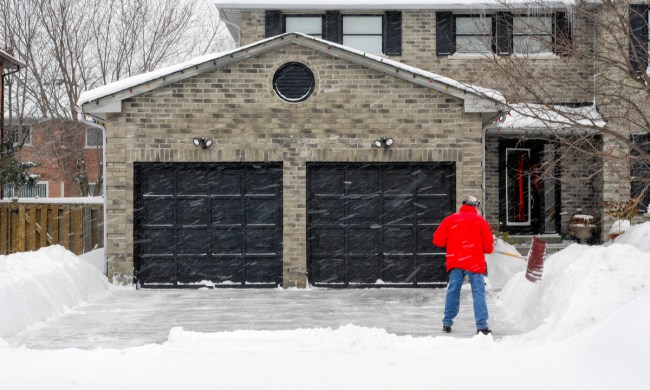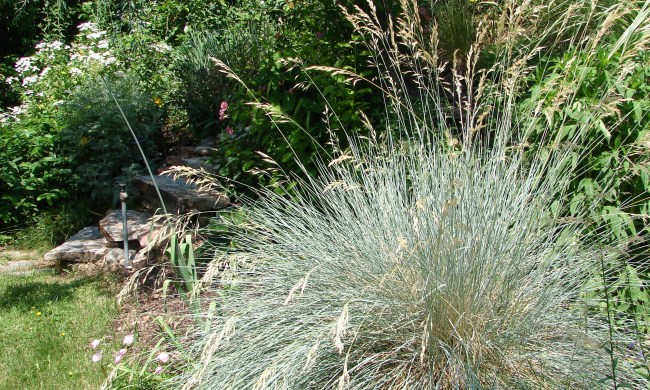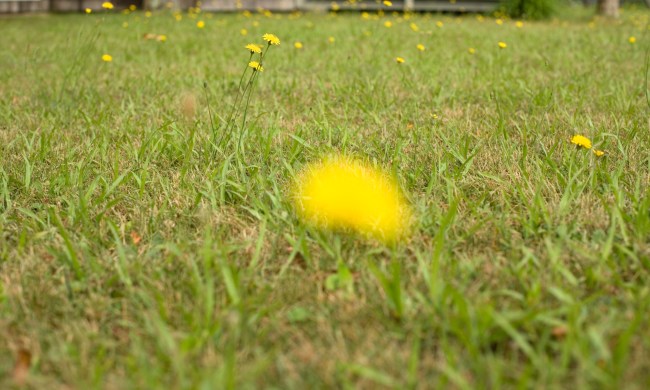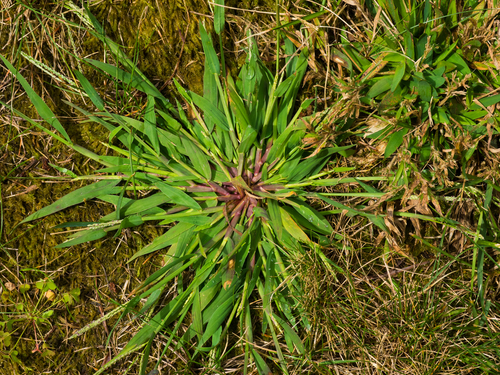
You work hard to keep your lawn pristine and immaculate, so a weed infestation is just plain annoying. Natural crabgrass killers are the best way to solve this issue while preserving the environment.
Crabgrass is arguably one of the most frustrating weeds. It’s invasive and extremely difficult to eradicate, and it can take over your grassy oasis in the blink of an eye. It produces hundreds of thousands of seeds per plant and can grow in all areas of your lawn — from the lushest, sunniest spots to the barest, darkest corners.
Treating and killing crabgrass can be handled easily with tough chemical treatments. But if you want a more natural crabgrass killer that doesn’t require using substances that can be harmful to your lawn and your family, you’ve come to the right place. Here are some ways to eradicate crabgrass without the chemicals.
Want a natural crabgrass killer? Here are some great ones
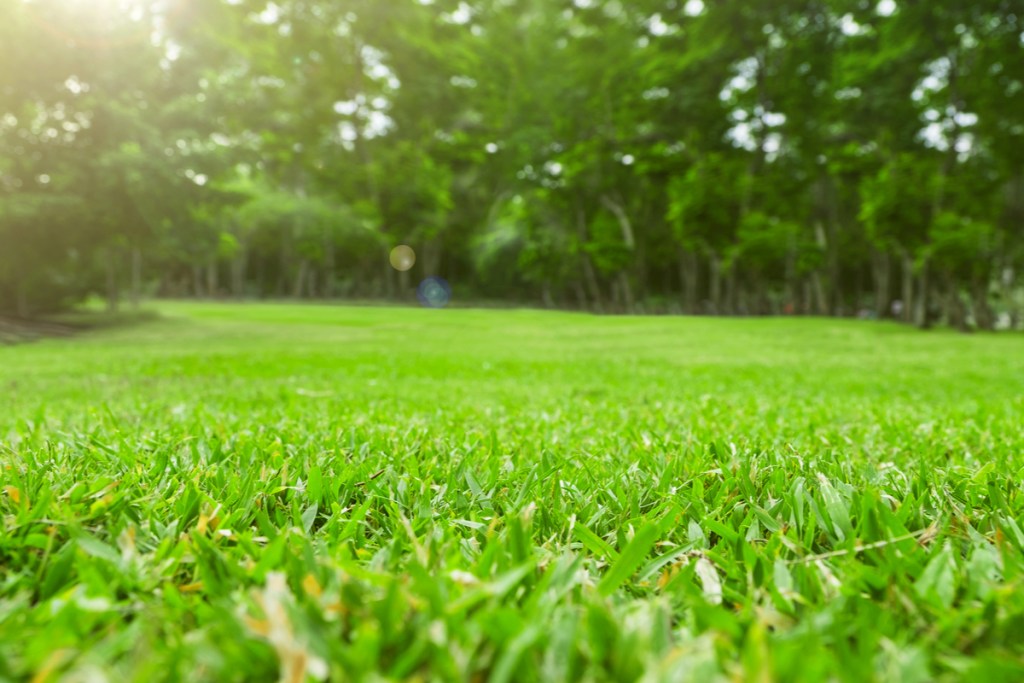
Contrary to popular belief, there are many ways to eradicate crabgrass without reaching for harmful chemicals. As always, be sure to keep in mind any additional concerns — such as kids or pets — when choosing the best natural weed-killing method for your outdoor oasis.
Organic weed killer
Several products on the market contain all-natural ingredients but are extremely effective at eradicating weeds. For example, Natural Armor Weed and Grass Killer has all-natural ingredients that are safe for pets and children. Simply spray the individual weeds, and the product will shrivel them up.
However, be aware that some of these products will also kill any grass it comes in contact with, so be sure to use precision when treating over.
Boiling water
If you pour boiling water on a patch of crabgrass, it will stun the plant and cause it to die quickly. Pour the water in a large radius around the weeds so that hot liquid penetrates the entire root system to kill the entire patch effectively.
Note that boiling water will also kill any plants and grass around the weeds, so this method is best used in spots where crabgrass is overgrown and taking over the entire area.
Vinegar
Vinegar is a great natural substance that has many household uses. It’s not surprising that it even has uses in your yard and garden. Vinegar can effectively kill any weed, including crabgrass, and it is all natural and safe for children and pets. If used in small amounts, it won’t leave your soil damaged or render it useless, as many chemical treatments can.
Simply soak the entire weed with vinegar that has an acidity level of 5% or higher. You may not see results immediately, but if you repeat the process several times over a period of time up to two weeks, you should eventually see the crabgrass wither and die.
Sunlight
There is a way to solarize crabgrass, which is basically using the power of sunlight to dry it out and remove it. This only works if you have small patches that are entirely crabgrass.
First, you’ll mow the crabgrass-infected area on the lowest setting. Then, spray it with water. Next, put a plastic sheet over the crabgrass. Be sure to secure the edges with something heavy, such as stones. Wait six weeks and then reseed the area with the type of grass you want to grow in that spot.
Smothering
To tackle large patches of crabgrass, a good method to use is smothering the weeds. Smothering them blocks out sunlight and kills the patch of crabgrass in four to six weeks. Lay large, heavy objects on top of the crabgrass, like stones or bricks, and leave the spot alone for several weeks. Once the crabgrass dies, you can easily pull it up and replant the grass seeds.
What’s the best option for a natural crabgrass killer?

The best organic option for killing crabgrass is to use a corn gluten meal-based herbicide. Corn gluten meal acts as a natural pre-emergent, targeting the seeds of crabgrass before they germinate, without harming established lawns or the environment. This method is especially effective when applied in early spring and again in late summer, aligning with the crabgrass growth cycle.
Unlike some holistic methods such as vinegar or salt, which can harm both soil health and desirable plants, corn gluten meal specifically targets weeds, maintaining the integrity of your lawn and contributing to a healthier garden ecosystem. Always ensure the product is certified organic for optimal results.
How to prevent crabgrass the natural way

Once you’ve eradicated your crabgrass problem, the next logical step is prevention. The key to preventing another crabgrass takeover is creating lawn conditions that will stop the weed from germinating and growing in the first place.
Water strategically to kill crabgrass but save your lawn
Weeds like crabgrass love water, and they thrive when they are watered frequently. To promote healthy grass growth while stunting these weeds with shallow roots, water less often but with heavier volume. This will help your grass to flourish while the weeds will struggle and die.
Avoid mowing grass too short
We tend to cut our grass fairly short so that we don’t have to cut it again for a while. This method certainly saves you time and energy, but it also creates lawn conditions that are optimal for weed growth. When grass is short, weeds get more sunlight and have more space to spread their roots and invade. To help prevent crabgrass growth, keep your lawn fairly long and try not to cut more than one-third of the blades at a time.
Seed excessively to crowd out crabgrass
A great technique for preventing crabgrass growth is to “overseed.” In the spring, plant excessive grass seeds on your lawn so that your grass sucks up all the soil’s nutrients and crowds out any growing weeds.
Weed frequently to keep crabgrass at bay
It may seem like a given, but failing to weed frequently allows patches of weeds to flourish, flower, spread their seeds, and eventually take over your lawn. Regular weeding keeps the weeds young and manageable, and they can be pulled with ease.
Most weeds are easy to manage, but crabgrass is a variety of weeds that is extremely invasive and quickly spreading. Nipping crabgrass in the bud is essential to keeping your lawn beautiful and pristine. While maintaining your lawn can be a chore that takes a lot of time and energy, it’ll all be worth it when you can enjoy its pristine beauty.

